This article introduces the best types of gravel, soil, and substrates for medaka aquariums, including traditional options like Akadama soil and Oiso sand, as well as unique substrates such as Arakida soil and Taisha sand.
What Gravel is Best for a Medaka Aquarium?
What kind of substrate is best for medaka aquariums? In conclusion, for indoor breeding, using a thin layer of bottom sand usually yields better results than having no substrate at all.
Especially from my experience, using soil-based substrates like soil or Akadama soil tends to work well because unlike gravel, soil contains numerous bacteria that help prevent deterioration of water quality.
The soil is home to many bacteria, some of which can reduce ammonia and nitrites that worsen water quality. Immediately after setting up an aquarium, the number of bacteria is low, making medaka more susceptible to illness, but adding soil or substrate can prevent initial fatalities.
On the other hand, substrates like Oiso sand contain almost no bacteria, making initial setup more challenging compared to using soil. However, using bacterial agents can mitigate this, and gravel has the advantage of being easier to manage during aquarium resets.
In summary, knowing the pros and cons, choosing whether to use gravel or soil is advisable. For beginners, opting for soil often leads to better success.
Apply a Thin Layer of Substrate
Any substrate you like is fine, but it’s better to apply it thinly in the aquarium. This is because laying a thick layer of substrate can lead to accumulation of dirt at the bottom, fostering anaerobic bacteria. These bacteria not only cause unpleasant odors but can also lead to diseases that affect medaka health.
For example, Aeromonas bacteria, which can cause hole-in-the-head disease, are anaerobic.
In fact, I once had an aquarium where disease was rampant, and I found it puzzling until I discovered I had laid about 5 cm of soil. Removing the soil resolved the issue.
Also, many who keep large carnivorous fish tend to use bare tanks without any substrate.
From this, it’s advisable to lay less than 1 cm of substrate and clean it regularly to prevent it from becoming a breeding ground for pathogens.
Is Sand Necessary for Outdoor Breeding?
Conversely, in outdoor settings, sunlight and wind naturally generate bacteria and phytoplankton in containers. Therefore, it is possible to breed medaka without adding soil or substrates, and the emergence of green water makes medaka even easier to maintain outdoors.
However, to maintain clear water outdoors, some deliberately add Akadama soil to counteract green water issues.
Recommended Soils and Substrates for Medaka
Medaka Suikei Natural Filtration Soil 1L
Medaka Suikei Natural Filtration Soil, sold by GEX, is designed for medaka. It includes bacteria to speed up the maturation of the aquarium. It’s especially user-friendly for beginners and its dark color enhances the vividness of the medaka’s colors.
https://www.google.com/url?esrc=s&q=&rct=j&sa=U&url=https://www.amazon.co.jp/%25E3%2582%25B8%25E3%2582%25A7%25E3%2583%2583%25E3%2582%25AF%25E3%2582%25B9-%25E3%2583%25A1%25E3%2583%2580%25E3%2582%25AB%25E6%25B0%25B4%25E6%2599%25AF-%25E3%2583%25A1%25E3%2583%2580%25E3%2582%25AB%25E3%2581%25AE%25E5%25A4%25A9%25E7%2584%25B6%25E3%2582%258D%25E9%2581%258E%25E3%2582%25BD%25E3%2582%25A4%25E3%2583%25AB-1L/dp/B01BXVIHO0&ved=2ahUKEwj9_M7x_o2BAxW5r1YBHWvOC
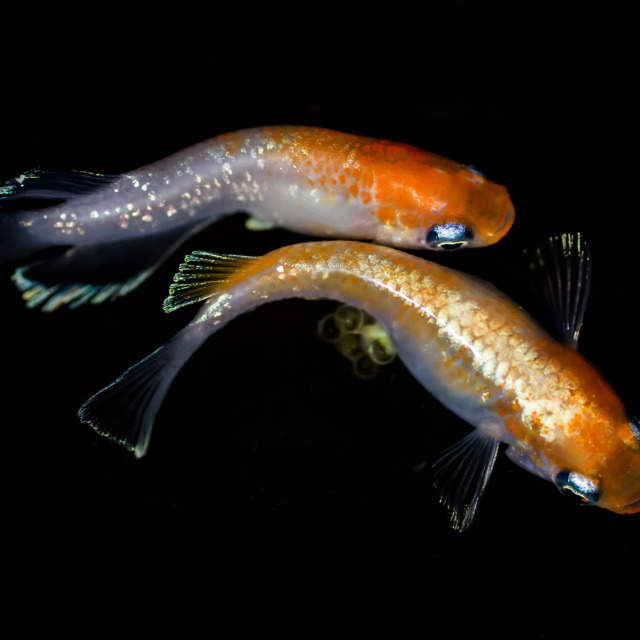

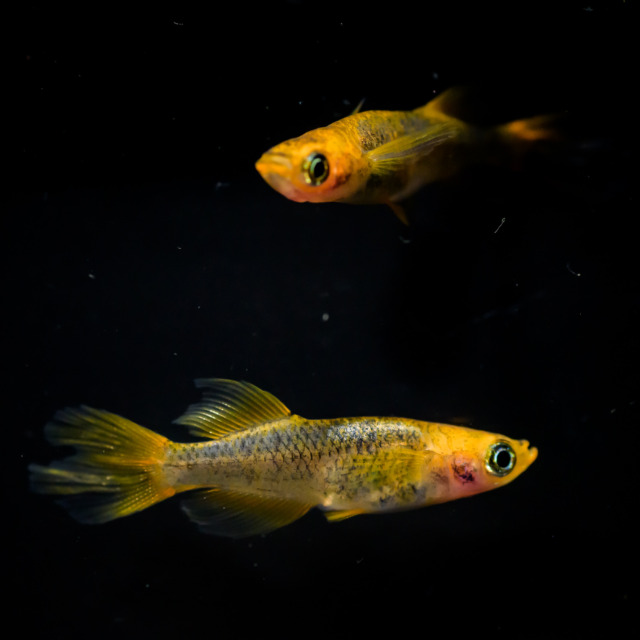

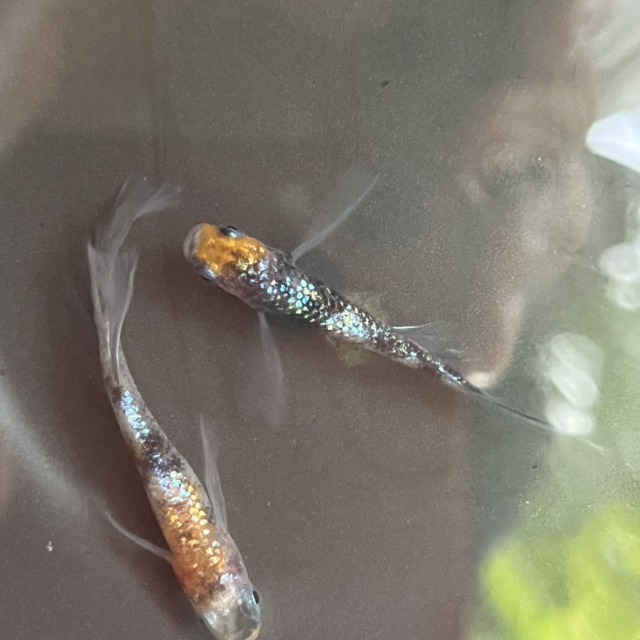
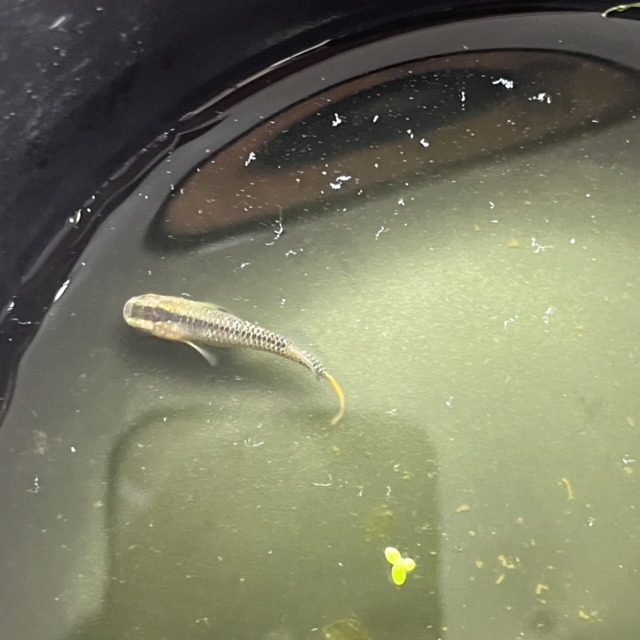
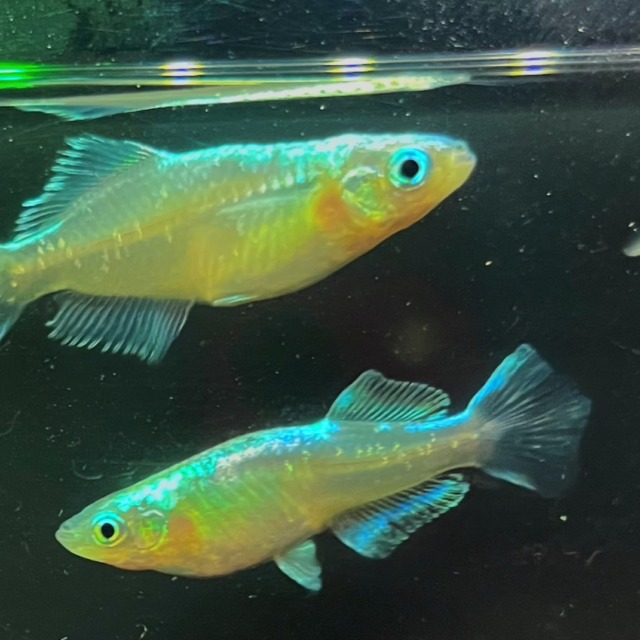
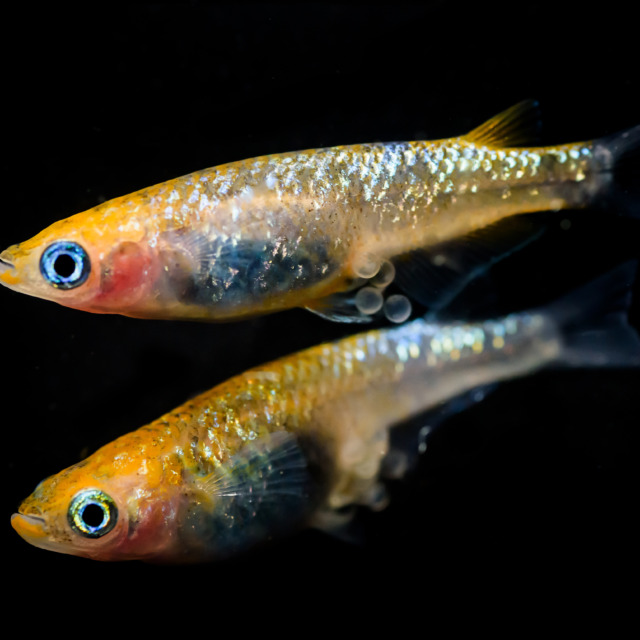



No comments yet.